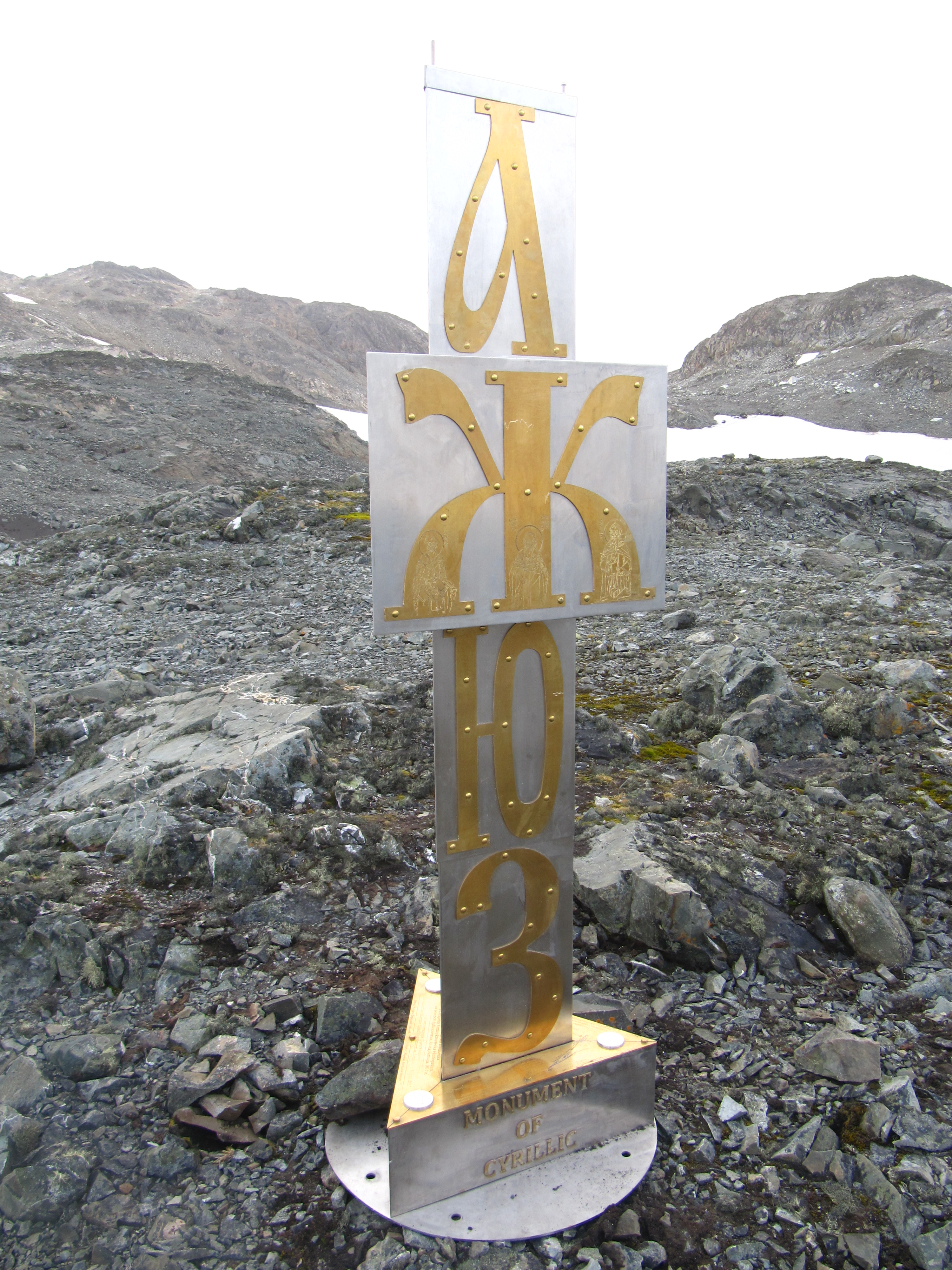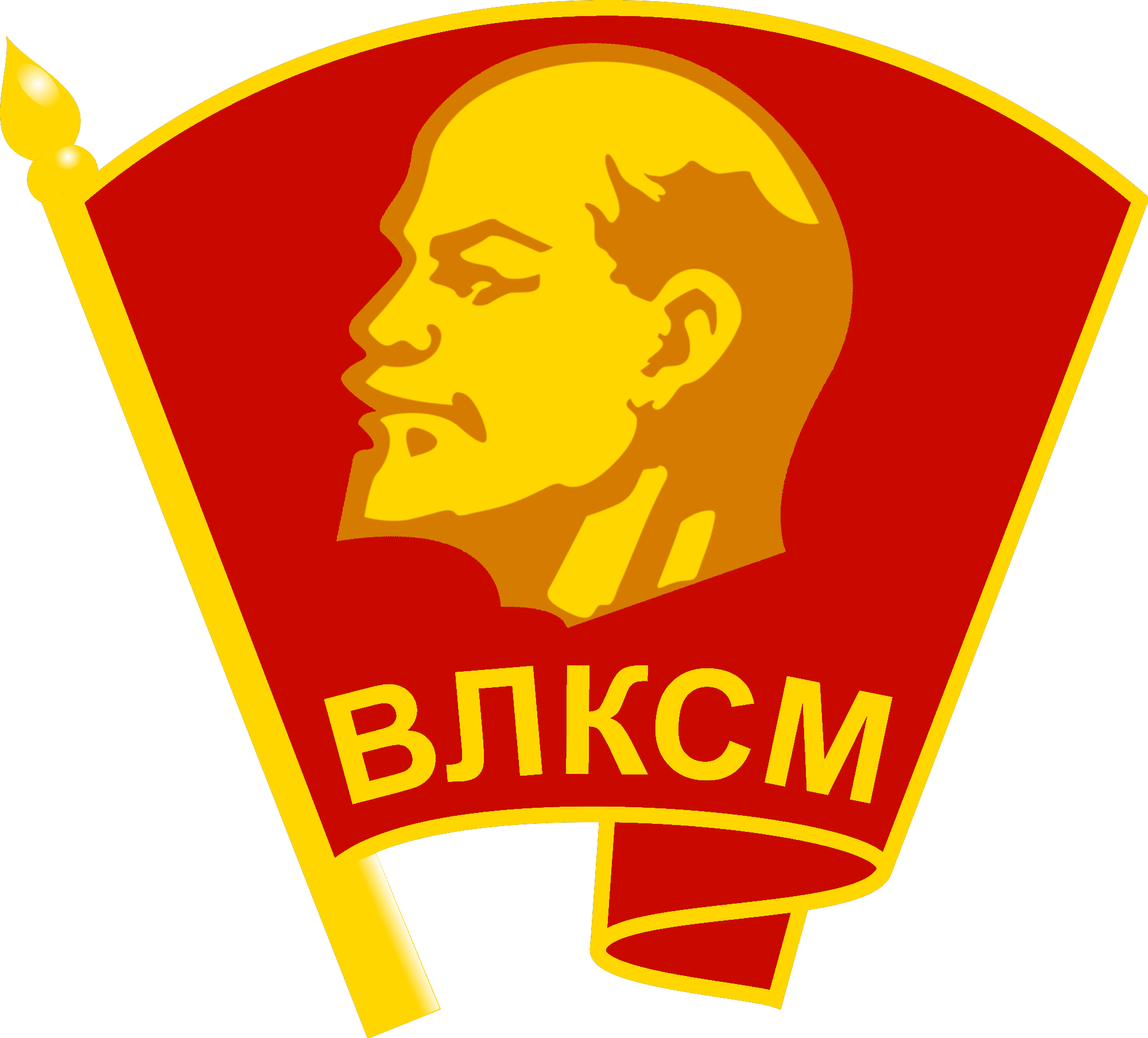|
Russian Ship Naming Conventions
The Russian and Soviet Navy's ship naming conventions were similar to those of other nations. A problem for the non-Russian reader is the need to transliterate the Cyrillic names into the Latin alphabet. There are often several different Latin spellings of the same Russian name. Pre revolution Before the revolution, the Imperial Russian Navy used the following convention: Battleships Russian Battleships were named after: *Battles – e.g., Gangut, Petropavlovsk, Poltava, Sinop, Chesma, Borodino *Royals – e.g., Imperator Pavel I (Emperor Paul I), Pyotr Veliky (Peter the Great), Tsesarevich *Saints – e.g., Georgy Pobedonosets (St George the Victorious), Andrey Pervozvanny (St Andrew the First-called), Tri Svyatitely (Three Holy Hierarchs) *Generals – e.g., Knyaz Suvorov (Prince Suvorov), Knyaz Potemkin Tavricheskii (Prince Potemkin of Taurica) *Traditional – e.g., Retvizan (after Rättvisan, Swedish ship-of-the-line captured by Russians in 1790) Cruisers Russian Cruisers we ... [...More Info...] [...Related Items...] OR: [Wikipedia] [Google] [Baidu] |
Cyrillic
The Cyrillic script ( ), Slavonic script or the Slavic script, is a writing system used for various languages across Eurasia. It is the designated national script in various Slavic, Turkic, Mongolic, Uralic, Caucasian and Iranic-speaking countries in Southeastern Europe, Eastern Europe, the Caucasus, Central Asia, North Asia, and East Asia. , around 250 million people in Eurasia use Cyrillic as the official script for their national languages, with Russia accounting for about half of them. With the accession of Bulgaria to the European Union on 1 January 2007, Cyrillic became the third official script of the European Union, following the Latin and Greek alphabets. The Early Cyrillic alphabet was developed during the 9th century AD at the Preslav Literary School in the First Bulgarian Empire during the reign of tsar Simeon I the Great, probably by disciples of the two Byzantine brothers Saint Cyril and Saint Methodius, who had previously created the Glagoli ... [...More Info...] [...Related Items...] OR: [Wikipedia] [Google] [Baidu] |
Imperial Russian Navy
The Imperial Russian Navy () operated as the navy of the Russian Tsardom and later the Russian Empire from 1696 to 1917. Formally established in 1696, it lasted until dissolved in the wake of the February Revolution of 1917. It developed from a smaller force that had existed prior to Tsar Peter the Great's founding of the modern Russian navy during the Second Azov campaign in 1696. It expanded in the second half of the 18th century and reached its peak strength by the early part of the 19th century, behind only the British and French fleets in terms of size. The Imperial Navy drew its officers from the aristocracy of the Empire, who belonged to the state Russian Orthodox Church. Young aristocrats began to be trained for leadership at a national naval school. From 1818 on, only officers of the Imperial Russian Navy were appointed to the position of Chief Manager of the Russian-American Company, based in Russian America (present-day Alaska) for colonization and fur-trade deve ... [...More Info...] [...Related Items...] OR: [Wikipedia] [Google] [Baidu] |
Komsomol
The All-Union Leninist Young Communist League (russian: link=no, Всесоюзный ленинский коммунистический союз молодёжи (ВЛКСМ), ), usually known as Komsomol (; russian: Комсомол, links=no ()), a syllabic abbreviation of the Russian ), was a political youth organization in the Soviet Union. It is sometimes described as the youth division of the Communist Party of the Soviet Union (CPSU), although it was officially independent and referred to as "the helper and the reserve of the CPSU". The Komsomol in its earliest form was established in urban areas in 1918. During the early years, it was a Russian organization, known as the Russian Young Communist League, or RKSM. During 1922, with the unification of the USSR, it was reformed into an all-union agency, the youth division of the All-Union Communist Party. It was the final stage of three youth organizations with members up to age 28, graduated at 14 from the Young Pione ... [...More Info...] [...Related Items...] OR: [Wikipedia] [Google] [Baidu] |
List Of Ships Of Russia By Project Number
The list of ships of Russia by project number includes all Russian ships by assigned project numbers. Ship descriptions are Russian assigned classifications when known. (The Russian term "проект" can be translated either as the cognate "project" or as "design".) * Project 1: (Series I) * Project 2: (Series I & III) * Project 3: (Series I) * Project 4: (Series II) * Project 5: ''Toplivo-1'' class water lighter * Project 6: * Project 7: * Project 7U: * Project 9: S-class diesel attack submarine * Project 19: NKVD large guard ship, cancelled * Project 20: leader * Project 21: Study for 35,500-ton -style battleship * Project 22: Heavy cruiser design cancelled 1939 * Project 23: * Project 23bis: Improvement over Project 23 with simplified belt armor of 380mm, American style TDS replacing Italian style, additional twin 100mm dual-purpose guns, 4 triple 152mm guns instead of 6 twin 152mm guns. 12 406mm gun variant was also made * Project 24: post-World War II battleship ... [...More Info...] [...Related Items...] OR: [Wikipedia] [Google] [Baidu] |
NATO Reporting Name
NATO reporting names are code names for military equipment from Russia, China, and historically, the Eastern Bloc (Soviet Union and other nations of the Warsaw Pact). They provide unambiguous and easily understood English words in a uniform manner in place of the original designations, which either may have been unknown to the Western world at the time or easily confused codes. For example, the Russian bomber jet Tupolev Tu-160 is simply called "Blackjack". NATO maintains lists of the names. The assignment of the names for the Russian and Chinese aircraft was once managed by the five-nation Air Standardization Coordinating Committee (ASCC), but that is no longer the case. American variations The United States Department of Defense (DOD) expands on the NATO reporting names in some cases. NATO refers to surface-to-air missile systems mounted on ships or submarines with the same names as the corresponding land-based systems, but the US DoD assigns a different series of numbers ... [...More Info...] [...Related Items...] OR: [Wikipedia] [Google] [Baidu] |
NATO
The North Atlantic Treaty Organization (NATO, ; french: Organisation du traité de l'Atlantique nord, ), also called the North Atlantic Alliance, is an intergovernmental military alliance between 30 member states – 28 European and two North American. Established in the aftermath of World War II, the organization implemented the North Atlantic Treaty, signed in Washington, D.C., on 4 April 1949. NATO is a collective security system: its independent member states agree to defend each other against attacks by third parties. During the Cold War, NATO operated as a check on the perceived threat posed by the Soviet Union. The alliance remained in place after the dissolution of the Soviet Union and has been involved in military operations in the Balkans, the Middle East, South Asia, and Africa. The organization's motto is '' animus in consulendo liber'' (Latin for "a mind unfettered in deliberation"). NATO's main headquarters are located in Brussels, Belgium, while ... [...More Info...] [...Related Items...] OR: [Wikipedia] [Google] [Baidu] |
Akula-class Submarine
The ''Akula'' class, Soviet designation Project 971 ''Shchuka-B'' (russian: Щука-Б, , Pike-B, NATO reporting name ''Akula'') are a series of fourth generation nuclear-powered attack submarines (SSNs) first deployed by the Soviet Navy in 1986. There are four sub-classes or flights of Shchuka-B, consisting of the original seven Project 971 boats (codenamed ''Akula I''), commissioned between 1984 and 1990; six Project 971Is (Improved ''Akula''s), commissioned between 1991 and 2009; one Project 971U (''Akula II''), commissioned in 1995; and one Project 971M (''Akula III''), commissioned in 2001. The Russians call all of the submarines ''Shchuka-B'', regardless of modifications. Some confusion may exist as the name ''Akula'' (russian: Акула, meaning "shark" in Russian) was used by the Soviets for a different class of submarines, the Project 941, which is known in the West as the . The Project 971 was named ''Shchuka-B'' by the Soviets but given the designation ''Akula'' ... [...More Info...] [...Related Items...] OR: [Wikipedia] [Google] [Baidu] |
Typhoon-class Submarine
The Typhoon class, Soviet designation Project 941 ''Akula'' (russian: Акула, meaning "shark", NATO reporting name Typhoon), is a class of nuclear-powered ballistic missile submarines designed and built by the Soviet Union for the Soviet Navy. With a submerged displacement of 48,000 tonnes, the Typhoons are the largest submarines ever built, able to accommodate comfortable living facilities for the crew of 160 when submerged for months on end. The source of the NATO reporting name remains unclear, although it is often claimed to be related to the use of the word "typhoon" ("тайфун") by General Secretary Leonid Brezhnev of the Communist Party in a 1974 speech while describing a new type of nuclear ballistic missile submarine, as a reaction to the United States Navy's new . The Russian Navy cancelled its Typhoon modernization program in March 2012, stating that modernizing one Typhoon would be as expensive as building two new s. With the announcement that Russia has ... [...More Info...] [...Related Items...] OR: [Wikipedia] [Google] [Baidu] |
Ships Of The Soviet Navy
A ship is a large watercraft that travels the world's oceans and other sufficiently deep waterways, carrying cargo or passengers, or in support of specialized missions, such as defense, research, and fishing. Ships are generally distinguished from boats, based on size, shape, load capacity, and purpose. Ships have supported exploration, trade, warfare, migration, colonization, and science. After the 15th century, new crops that had come from and to the Americas via the European seafarers significantly contributed to world population growth. Ship transport is responsible for the largest portion of world commerce. The word ''ship'' has meant, depending on the era and the context, either just a large vessel or specifically a ship-rigged sailing ship with three or more masts, each of which is square-rigged. As of 2016, there were more than 49,000 merchant ships, totaling almost 1.8 billion dead weight tons. Of these 28% were oil tankers, 43% were bulk carriers, and 13% were c ... [...More Info...] [...Related Items...] OR: [Wikipedia] [Google] [Baidu] |
Ships Of The Russian Navy
This list of active Russian Navy ships presents a picture which can never be fully agreed upon in the absence of greater data availability and a consistent standard for which ships are considered operational or not. The Soviet Navy, and the Russian Navy which inherited its traditions, had a different attitude to operational status than many Western navies. Ships went to sea less, and maintained capability for operations while staying in harbor.''Jane's Fighting Ships'', 1999-2000, p.556. The significant changes which followed the collapse of the Soviet Union then complicated the picture enormously. Determining which ships are operational or in refit can be difficult. '' Jane's Fighting Ships'' has noted in one of its 1999-2000 editions that some ships have little capability, but remain flying an ensign so that crews are entitled to be paid. ''Jane's Fighting Ships'' online edition, dated 8 March 2010, added "There are large numbers of most classes 'in reserve', and flying an e ... [...More Info...] [...Related Items...] OR: [Wikipedia] [Google] [Baidu] |


